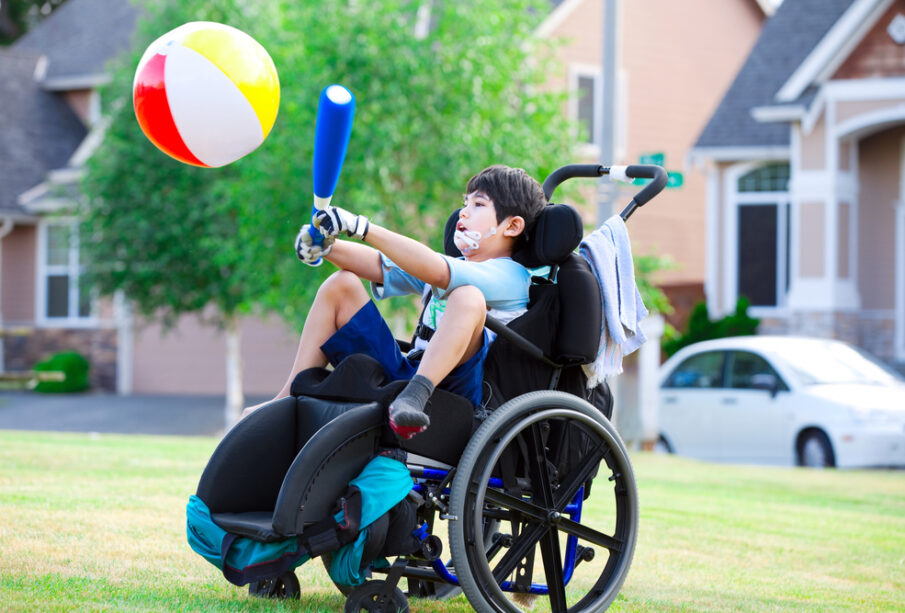Understanding Kernicterus and Its Causes

What is Kernicterus?
Kernicterus is a rare but serious type of brain damage that happens in newborns. It is caused by very high levels of bilirubin, a yellow pigment made when the liver breaks down old red blood cells. When bilirubin builds up too much, it can move into the brain and cause damage. This condition is often linked to severe jaundice in babies.
How Bilirubin Affects the Brain
Bilirubin is usually removed from the body through the liver. However, if a newborn’s liver is not working well, bilirubin can build up in the blood. If left untreated, high bilirubin levels can damage brain cells, leading to kernicterus. This damage can affect areas of the brain that control movement and hearing.
Common Causes of Kernicterus
Several factors can lead to kernicterus, including:
- Premature birth: Babies born early often have underdeveloped livers that can’t process bilirubin well.
- Blood type incompatibility: If the baby’s blood type doesn’t match the mother’s, it can cause the baby’s red blood cells to break down too quickly.
- Genetic conditions: Some inherited disorders can affect how the liver processes bilirubin.
- Birth injuries: Injuries during birth, like bruising or bleeding under the scalp, can increase bilirubin levels.
Understanding these causes can help in preventing and treating kernicterus early.
Identifying the Symptoms of Kernicterus
Early Warning Signs
In the early stages, kernicterus can be tricky to spot. Parents should be on the lookout for:
- Feeding problems
- High-pitched crying
- Irritability
- Trouble waking up
- Unusual eye movements
- Arching of the neck
- Bending the heels backward
Progression of Symptoms
As the condition progresses, symptoms become more severe. These include:
- Extreme sleepiness
- Low muscle tone (hypotonia)
- Severe yellowing of the skin and eyes
- Poor reflexes
Severe Symptoms to Watch For
In the later stages, kernicterus can cause very serious symptoms, such as:
- Seizures
- Stiff or floppy muscles
- Strange eye movements
- Fever
- Lack of appetite
- Stupor or coma
If any of these symptoms are noticed, it is crucial to seek medical help immediately.
Risk Factors for Developing Kernicterus
Premature Birth and Underdeveloped Livers
Babies born before 37 weeks are at a higher risk for developing kernicterus. Premature birth means their livers are not fully developed, making it harder for them to remove bilirubin from their blood. This can lead to a dangerous buildup of bilirubin, increasing the risk of brain damage.
Blood Type Incompatibility
When a mother and her baby have different blood types, it can cause problems. For example, if the mother has type O or Rh-negative blood, her antibodies might attack the baby’s red blood cells. This condition, known as hemolytic disease, can lead to high levels of bilirubin in the baby’s blood.
Genetic and Familial Factors
Certain genetic conditions can increase the risk of kernicterus. For instance, Crigler-Najjar syndrome is an inherited disorder where the baby lacks an enzyme needed to process bilirubin. Additionally, a family history of jaundice can also be a risk factor. If a sibling or parent had jaundice, the newborn might be more likely to develop it too.
Diagnosis and Testing for Kernicterus
Physical Examination
To diagnose kernicterus, a healthcare provider will start with a physical exam. They will look for signs of jaundice, such as yellowing of the baby’s skin and eyes. This initial assessment is crucial as jaundice usually starts from the head and spreads downward.
Bilirubin Blood Tests
If jaundice is suspected, the next step is to measure the bilirubin levels in the baby’s blood. This is done through a bilirubin blood test. A small blood sample is taken from the baby’s heel and sent to a lab to determine the bilirubin level. High levels of bilirubin can indicate a risk of kernicterus.
Advanced Diagnostic Tools
In some cases, additional tests may be needed to rule out other conditions. These can include imaging tests like a head ultrasound, CT scan, or MRI. While not always necessary, these tests can help ensure that the symptoms are not caused by other issues.
Treatment Options for Kernicterus
Phototherapy
Phototherapy, also known as light therapy, is often the first treatment for newborns with kernicterus. The baby is placed under special medical-grade lights or on a light therapy blanket. These lights help break down bilirubin into a form that the baby’s body can remove more easily. The hospital staff will check the baby’s bilirubin levels every few hours until they start to fall, and then every 6-12 hours until the treatment is complete. This process usually takes 1-2 days.
Blood Exchange Transfusions
If phototherapy doesn’t work or if the bilirubin levels are extremely high, doctors may recommend blood exchange transfusions. This involves replacing the baby’s blood with donor blood that is free from bilirubin. A healthcare provider will place a small tube into a vein in the baby’s arm or a catheter into the umbilical stump. The baby’s blood is then removed and replaced with donor blood. This procedure helps to quickly lower bilirubin levels.
Feeding and Nutritional Support
Feeding is crucial for babies with kernicterus. Proper feeding helps the baby pass stool, which in turn helps remove bilirubin from the body. If a baby has trouble feeding, a healthcare provider may give instructions on how to ensure the baby gets enough nutrients. Sometimes, formula supplementation is encouraged to help the baby meet their feeding requirements and pass stool more frequently.
Long-term Effects and Complications of Kernicterus
Kernicterus can lead to serious, lasting health issues. These complications often stem from the damage bilirubin causes to the brain. Understanding these effects is crucial for early intervention and management.
Neurological Impacts
One of the most severe outcomes of kernicterus is cerebral palsy. This condition affects movement and muscle tone, making everyday activities challenging. Additionally, kernicterus can cause intellectual disabilities, impacting a child’s ability to learn and develop normally.
Hearing and Vision Problems
Hearing loss is a common complication. Some children may experience difficulty processing sounds or even complete deafness. Vision problems can also occur, including trouble with eye movements and focusing.
Cognitive and Developmental Challenges
Children with kernicterus often face cognitive and developmental challenges. These can range from mild learning difficulties to more severe intellectual disabilities. Early intervention and support can help manage these issues, but the impact can be lifelong.
















